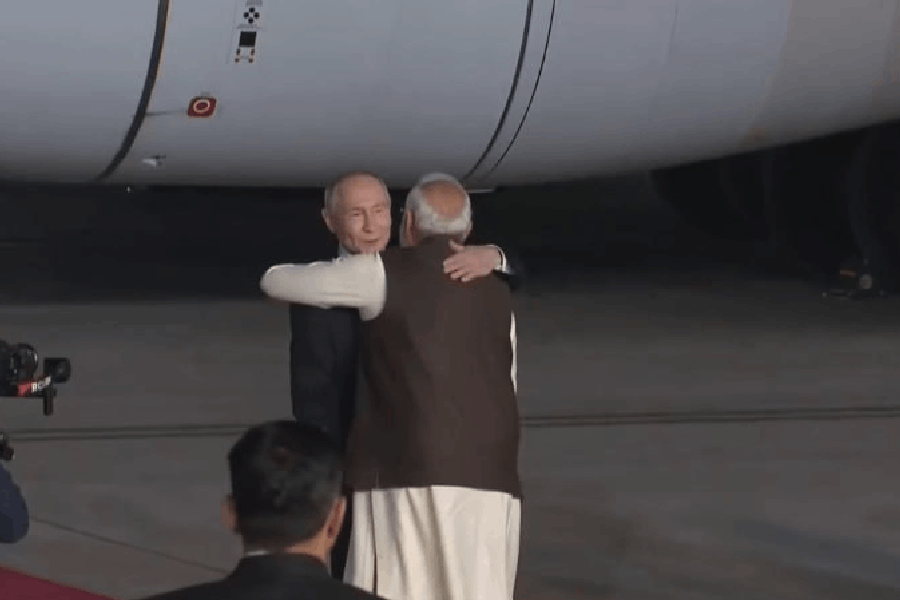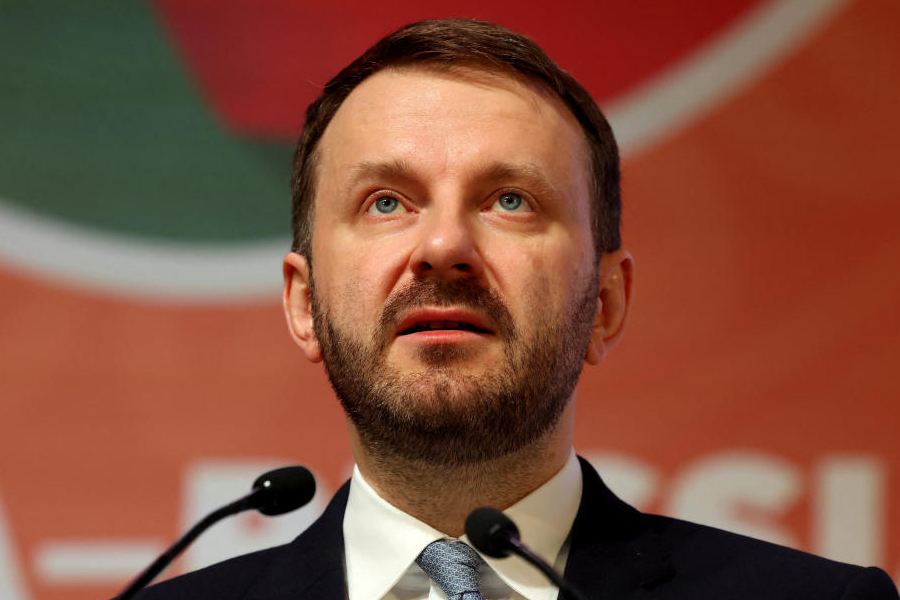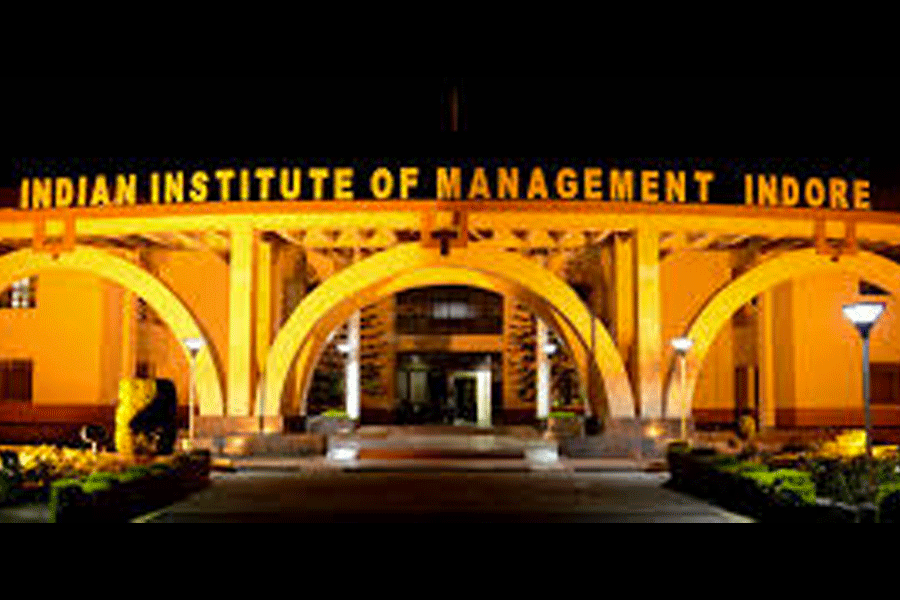As the country strives to ramp up the use of natural gas, industry players have sought parity with crude oil vis-a-vis import duty in the budget, due in little more than a month.
Industry has argued parity with crude would boost the use of the clean fuel and increase its share in the energy mix.
The customs duty on crude oil is nil, whereas natural gas attracts a duty of 5 per cent. However, it attracts zero customs duty when used in electricity.
They said this was an anomaly and dissuaded the use of clean energy at a time the government is keen to reduce the use of fossil fuel in the energy basket.
Given the nature of the fuel, natural gas cannot be transported through pipelines from different countries. It is turned into liquefied natural gas (LNG) and supplied to other countries.
Imported LNG is converted to regasified liquid natural gas (RLNG) at the import terminal and supplied through pipelines. Setting up an LNG terminal as well as regasification facilities require huge investments.
Local production is also not sufficient to meet the requirement, and the country had to import Rs 73,887 crore in the last fiscal, according to commerce ministry data.
Keeping in view the limited availability, the customs duty on natural gas and LNG needs to be reduced to zero without any end-use condition, the industry players said.
Beef up infrastructure
Petroleum minister Dharmendra Pradhan has said the gas grid would be expanded 17,000km to 34,500km, while regasification capacity would be increased to 61 million tonnes per year from 42mt by 2022, which is expected to raise demand manifold from 160-170 million standard cubic metres per day.
Besides, a gas trading platform was launched in June. Gas comprises about 6.2 per cent of India’s primary energy mix, far behind the global average of 24 per cent. The government plans to increase this share to 15 per cent by 2030. “We have envisaged spending $60 billion in creating gas infrastructure till 2024, including for pipelines, LNG terminals and city gas distribution networks,” Pradhan said.
The city gas network to retail CNG to automobiles and piped natural gas to households and kitchens has been extended to 407 districts.
Besides CNG, the government is also promoting the transport of LNG on long-haul trucks and buses. Besides, the National Biofuel Policy (NBP) is targeting the blending of 20 per cent ethanol in petrol and 5 per cent of bio-diesel in diesel by 2030.
GST option
At present, crude, motor spirit (petrol), high speed diesel, natural gas and aviation turbine fuel is out of the GST. Input tax credit paid on procurements is not allowed against the output tax liability to the supplier and is an additional cost to the producers of oil and gas.
Until the introduction of the GST, the industry wants the producers of petroleum and natural gas be allowed to claim credit for GST on all inputs, input services and capital goods against output excise duty and VAT.
Discussions should be carried out with the GST Council on this along with amendments may be in the Cenvat and VAT rules.











